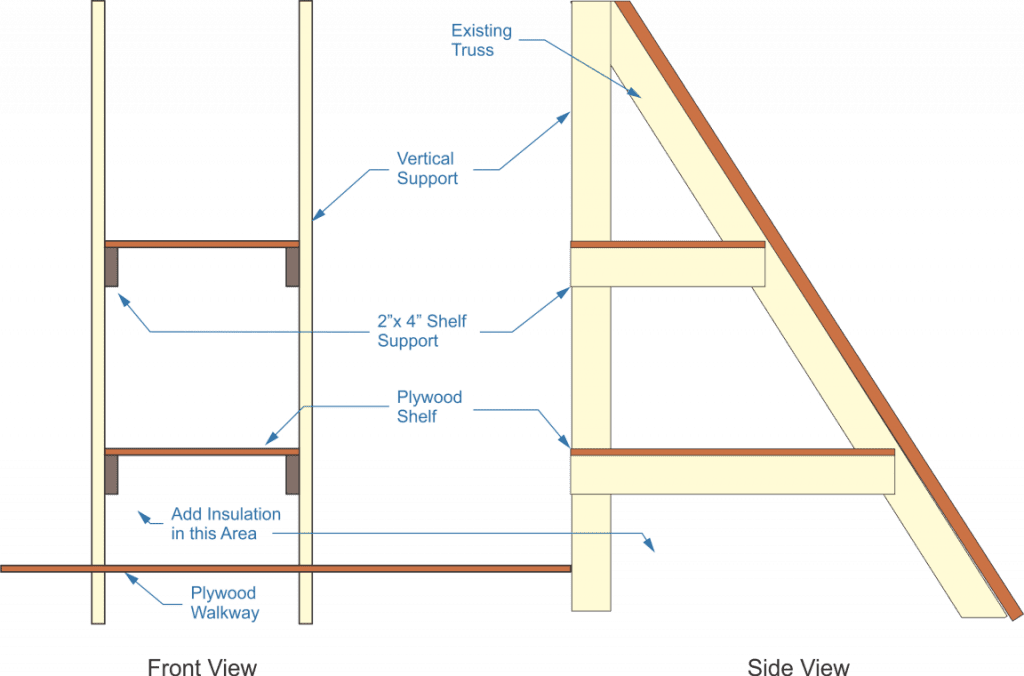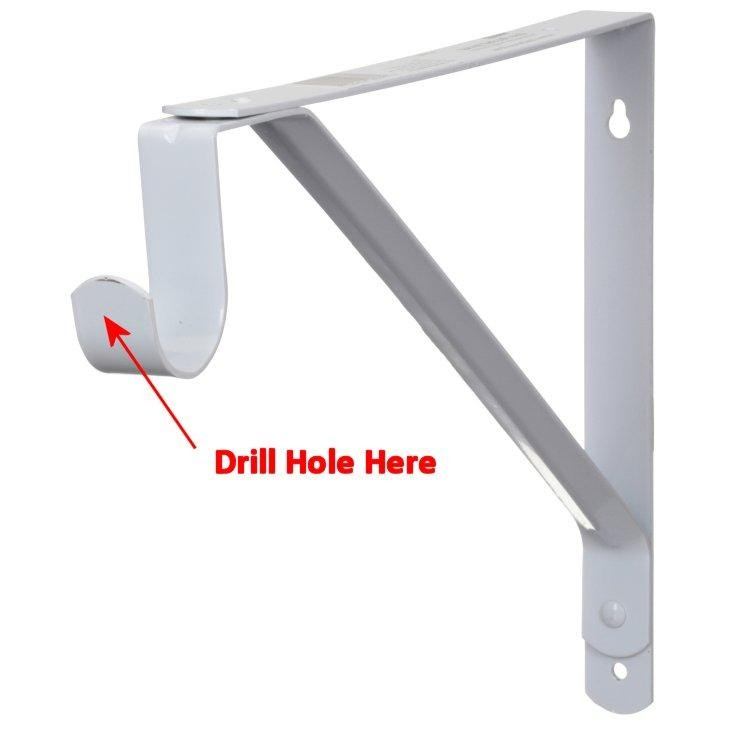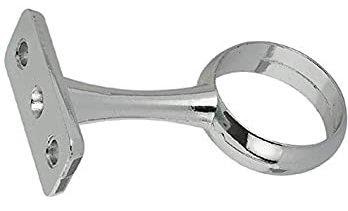The average home has more storage space than most people realize. The problem is that we’ve forgotten how to use it. Our grandparents made good use of those of us who remember loved exploring that space when we were children. But somewhere along the way, we’ve stopped making good use of our attics.
Much of this change has probably been caused by roof trusses instead of rafters. Trusses are great in that they reduce the cost of building a roof, but they are inconvenient from the viewpoint of using the space in an attic. Because of that, builders stopped putting staircases up to the attic, making that space even more inconvenient to use.
Granted, not every house has an attic, but most do. I’m not talking about the occasional home built with a very shallow roof pitch or a flat roof. The most common roof pitch around is a 6/12, which gives ample room to get up in the attic and, more importantly, to use the space up there for storage. All that’s needed is a way of making use of that space.
Preparing the Attic for Storage
Before turning an attic into storage, check it for leaks. Any water leaking into the attic will likely damage the items stored there. A simple visual check can eliminate much potential loss.
If any attic is going to be used for storage, the first thing that has to be done is to make it accessible. Since the home wasn’t designed with a staircase to the attic included, that usually means installing an attic ladder in an upstairs hallway. These are usually spring-loaded, keeping them in the up position when not in use, but they can be pulled down with a spring and unfolded to give reasonable access to the attic.
Some attic ladders come with a lift option, which allows the attic ladder to be used as a track for the lift to go up. This makes it easier and safer to move things upstairs rather than trying to carry them up the ladder. Another option is to install an attic lift system. While these are more often installed in the garage, some lift systems can be installed in a hallway or closet.
The other issue is being able to walk in the attic. An attic with trusses doesn’t usually have any subflooring installed. Instead, it has open ceiling joists for the floor below, with insulation covering the area between the joists.
Flooring over an attic with roof trusses isn’t easy, but it can be done. For more information, see our article on installing a plywood floor in an attic.
However, flooring over the entire attic may not be desirable, as that often requires crushing down the insulation, which increases the home’s heating and cooling costs. As an alternative, a narrow path can be floored down the center of the attic, giving access to the storage on both sides. For the best insulation, this area of flooring should be raised.
Adding Shelving to the Attic
While trusses make it impossible to turn attic space into a room, they don’t make it any harder to use the space for storage. Good, organized storage usually means shelves, and those trusses actually make it easier to build strong, stable shelving in the attic.

To install shelves in the attic, start by installing vertical supports at the front of the shelf area if they do not already exist. Depending on the design of the truss, it may be possible to use the existing truss stringers or web for this, which would save on cost and installation time.
The shelves themselves will need 2”x 4” supports long enough to go between that vertical support and the truss. How long it will actually be and how far it reaches back to the edge of the attic will depend a lot on the size of the attic and the style of trusses installed. Ideally, it is easier to fit the shelves to the existing truss web, especially since most of what will be stored in the attic will be lightweight.
For ease of installation, these supports should be screwed to the trusses, not nailed. The vibration caused by nailing could result in some of the “popcorn” texture on the ceiling below falling off. Screwing also offers the opportunity to start the screws into the supports before setting them in place.
Depending on availability and cost, the shelf can be made of ½” or 5/8” plywood or OSB. Assuming that most of what will be stored in the attic will most likely be lightweight, supports across the front and back of the shelves should not be necessary. However, storing anything heavy on these shelves could cause them to sag without those supports.
Probably the best way to store anything in the attic is inside clear plastic bins. These bins are dustproof and fairly moisture-proof, protecting whatever is stored inside. If the clear ones are used, it’s easy to see what is in each bin, saving time on hunting for that one elusive item. Of course, labeling the bins with the contents helps, too, organizing the storage even better.
Storing Clothing in the Attic
The attic is also great for storing off-season clothing, freeing up closet space. All that’s required is a simple clothes rod attached to the existing trusses. For strength, it’s best to use the same sort of wood clothes rod that’s used in closets. These are often installed with either cups at the ends or hanging directly on the hook built into the shelf brackets.
In this case, those options don’t work well. There is no end of the closet for the cups to be mounted to, and with trusses in place, it may be difficult to find room for the standard closet shelf and rod brackets, as shown below.

If there is room to install this sort of bracket, it is necessary to drill a hole in the front part of the hook before installing the bracket. This will allow a screw to be installed, holding the closet rod in place and keeping it from falling out.
Another option is to use a closet rod bracket, as shown below. This takes up less room, and there is less risk of the closet rod falling out, even without putting screws from the bracket into the wood closet rod. However, this type is limited to 1” diameter closet rods, necessitating the use of metal rather than wood closet rods.

When hanging clothing in the attic, it’s a good idea to cover it with bags from the dry cleaners or large plastic garbage bags to keep dust off the clothes. Attics can be very dusty places, with the wind blowing dust into them through the vents. Covering the clothing will help ensure that it is ready to be worn next year.
Hanging Items from the Trusses
In addition to using shelves and closet rods to store things in the attic, there is often a wide variety of things stored in the average attic that defy being put in a box or hanging from a closet rod. Many of these items will hang quite well, though, when hung from hooks or screws installed into the trusses themselves. Bungee cords can be used to hold difficult items in place.




